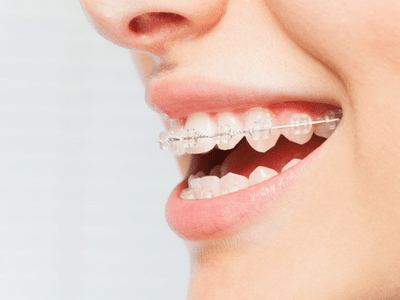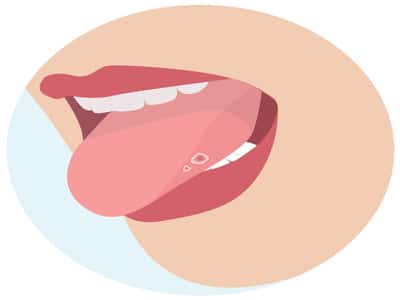
Why Would You Need an Expander?
Sometimes in early orthodontic treatment, there are things an orthodontist can see that a parent can’t. An expert orthodontist can “look into the future” and predict common bite issues when your child first comes in for a visit. Expanders for teeth that show a risk of developing bite problems are common first steps of treatment. Because of this, devices like expanders can be used to mitigate those issues and make sure they never occur at all. Expanders create space for new teeth or space for teeth to move into as braces do their job. Expanders prepare the mouth for braces or other treatments.
 One of our most common questions from patients is “What can I eat with my braces?” or “What foods do I have to give up?” and we have a few simple guidelines to share. Getting braces is a big change, and on top of the wires, brackets, or Invisalign trays, there’s a whole new set of habits you must get used to. Luckily, we’re here to help and answer any questions you may have during treatment! If you keep these in mind, your smile and diet will be happy and healthy!
One of our most common questions from patients is “What can I eat with my braces?” or “What foods do I have to give up?” and we have a few simple guidelines to share. Getting braces is a big change, and on top of the wires, brackets, or Invisalign trays, there’s a whole new set of habits you must get used to. Luckily, we’re here to help and answer any questions you may have during treatment! If you keep these in mind, your smile and diet will be happy and healthy! Parents are usually well-versed in getting their child to the dentist early on. Establishing oral health routines for your toddlers is standard – but many parents have questions about getting their child set up with orthodontic treatment. What about their first visit to the orthodontist? When should they go? Is my child too young for the orthodontist? Is my child too young for braces? Luckily, all these questions have simple answers.
Parents are usually well-versed in getting their child to the dentist early on. Establishing oral health routines for your toddlers is standard – but many parents have questions about getting their child set up with orthodontic treatment. What about their first visit to the orthodontist? When should they go? Is my child too young for the orthodontist? Is my child too young for braces? Luckily, all these questions have simple answers.  What is gum disease?
What is gum disease?  Having to live, eat, and brush around braces is certainly a big task. Many teens and adults who have braces worry about braving the dating scene. Braces can make dating seem daunting and heightens nerves all around. Never fear! There’s no reason your orthodontic treatment should hamper your romantic life. Whether you’re a teen or an adult, dating with braces is possible and still just as fun. Here are a few of our tips and suggestions for a painless date night!
Having to live, eat, and brush around braces is certainly a big task. Many teens and adults who have braces worry about braving the dating scene. Braces can make dating seem daunting and heightens nerves all around. Never fear! There’s no reason your orthodontic treatment should hamper your romantic life. Whether you’re a teen or an adult, dating with braces is possible and still just as fun. Here are a few of our tips and suggestions for a painless date night! Canker sores are flat white sores that appear in your mouth and can last for a week or more. What causes these small mouth ulcers is unknown. Canker sores aren’t a serious issue, but they aren’t the most comfortable. However, they are quite easy to prevent, especially once you understand what triggers them.
Canker sores are flat white sores that appear in your mouth and can last for a week or more. What causes these small mouth ulcers is unknown. Canker sores aren’t a serious issue, but they aren’t the most comfortable. However, they are quite easy to prevent, especially once you understand what triggers them.